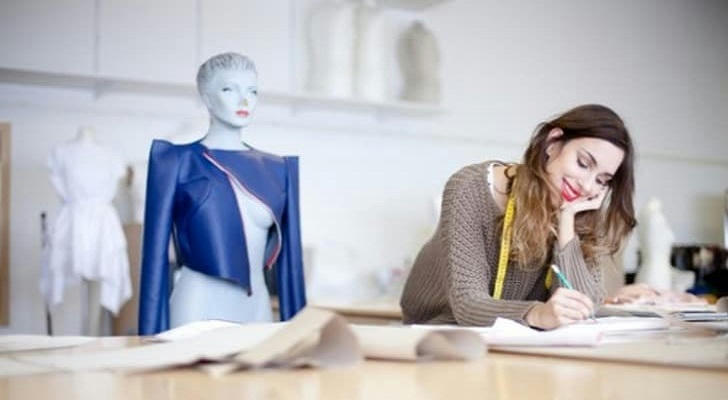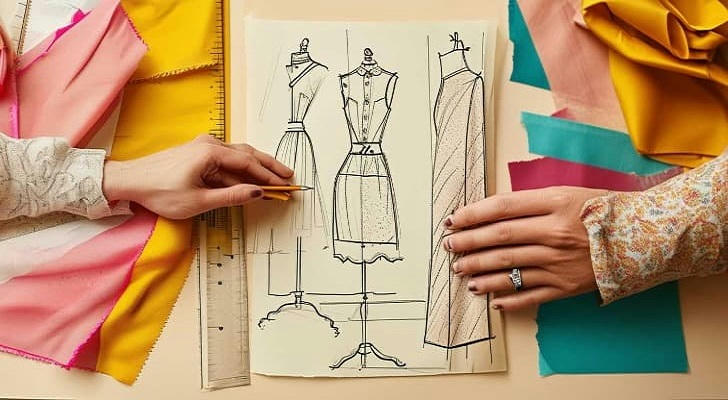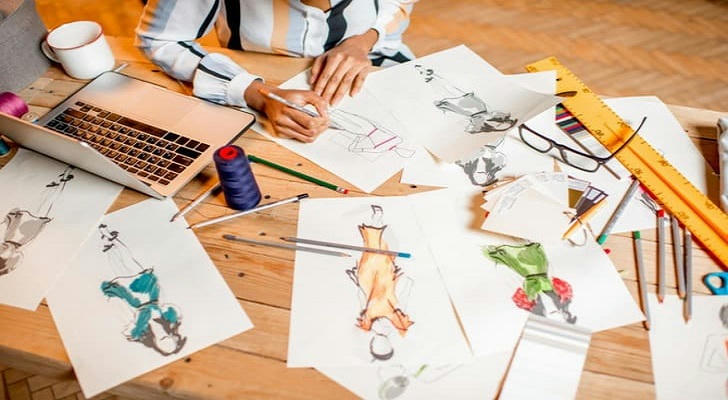Breaking the Creative Block: Where Fashion Designers Find Their Inspiration
Fashion design is an art form that thrives on constant innovation. Yet, even the most talented designers occasionally hit a creative wall. Where do they turn when their usual sources of inspiration dry up? From nature’s patterns to urban street style, the answer lies in seeing the world through a fresh lens.
In this article, we’ll explore the unexpected places fashion designers find inspiration, backed by psychology and real-world success stories. Plus, we’ll share a fascinating case study of how one designer transformed an unusual muse into a bestselling collection.

1. Nature: The Ultimate Trendsetter
Long before Pantone declared "Greenery" the Color of the Year (2017), designers have looked to nature for guidance. The organic symmetry of leaves, the iridescence of butterfly wings, and even the rugged textures of tree bark have all made their way onto runways.
Why it works:
Color palettes – Nature never clashes; its hues are inherently harmonious.
Textures & patterns – From snakeskin prints to honeycomb weaves, biomimicry is a designer’s best friend.
Example: Alexander McQueen’s iconic Plato’s Atlantis (2010) collection featured digitally printed sea creatures, blending surrealism with organic beauty.
2. Street Style: Fashion’s Democratic Muse
Some of the most groundbreaking trends start not in ateliers but on sidewalks. Cities like New York, Tokyo, and Berlin serve as open-air mood boards where subcultures collide.
Why it works:
Authenticity – Street fashion reflects real people’s creativity, not corporate trends.
Cultural fusion – Immigrant communities often mix traditional garments with modern cuts, sparking fresh ideas.
Pro Tip: Many designers discreetly photograph strangers’ outfits or visit flea markets to study vintage reinventions.
3. Art & Architecture: When Fashion Becomes Wearable Sculpture
Yves Saint Laurent’s Mondrian Dress (1965) proved that fashion could be a canvas. Today, designers continue to borrow from painters, sculptors, and even architects.
Why it works:
Structural experimentation – Architects like Zaha Hadid inspire avant-garde silhouettes.
Bold storytelling – Art movements (Surrealism, Cubism) translate into dramatic prints and shapes.
Try This: Visit a modern art museum and sketch how a Kandinsky painting could become a dress.

4. History & Nostalgia: Rewriting the Past
Fashion constantly recycles the past—whether it’s 70s bohemia or 90s grunge. But the best designers don’t just copy; they remix.
Why it works:
Timeless appeal – Vintage aesthetics evoke emotion and familiarity.
Modern twists – Combining historical elements with new tech (e.g., laser-cut Victorian lace) keeps designs fresh.
Case in Point: Gucci’s Fall 2018 collection blended Renaissance opulence with streetwear, creating a viral "geek-chic" trend.
5. Technology & Sci-Fi: Fashion’s Futuristic Frontier
From 3D-printed gowns to LED-embedded fabrics, tech is reshaping design possibilities. Sci-fi films (Blade Runner, Dune) also heavily influence futuristic fashion.
Why it works:
Innovation – Smart fabrics (temperature-responsive, solar-powered) push boundaries.
Fantasy appeal – Consumers love pieces that feel "from the future."
Example: Iris van Herpen’s water-like 3D-printed dresses merge haute couture with engineering.
6. Personal Stories & Emotions: The Secret Ingredient
Many breakthrough collections stem from a designer’s own life—heartbreak, travel, even dreams.
Why it works:
Authentic connection – Emotionally charged designs resonate deeper.
Unique perspective – No one else has your exact experiences.
Real-Life Case Study:
How a Morning Commute Inspired a Bestselling Shoe Line
In 2019, New York-based designer Mara Hoffman faced a creative block while developing her Spring collection. One rainy morning, she noticed how sunlight reflected off puddles, creating mesmerizing ripples. Instead of rushing to her studio, she stopped and filmed the patterns on her phone.
Back at work, her team manipulated the footage into a digital print. The resulting "Watercolor Refraction" fabric became the centerpiece of her collection, featured in Vogue and sold out within weeks. Hoffman later admitted, "I almost dismissed it as just another rainy day. But sometimes, inspiration is hiding in plain sight."

Conclusion: Train Your Eye to See Differently
Creative blocks are inevitable, but inspiration is everywhere—if you know how to look. Whether it’s the chaos of a city street or the quiet beauty of a dewdrop, the next big trend could be right in front of you.
Actionable Tips:
Carry a sketchbook – Doodle anything intriguing, even if it’s not "fashion."
Break routines – Take a new route to work, visit an unfamiliar neighborhood.
Cross-pollinate – Study unrelated fields (biology, music, film) for fresh ideas.
The best designs don’t just follow trends—they start them. Where will your next inspiration come from?
